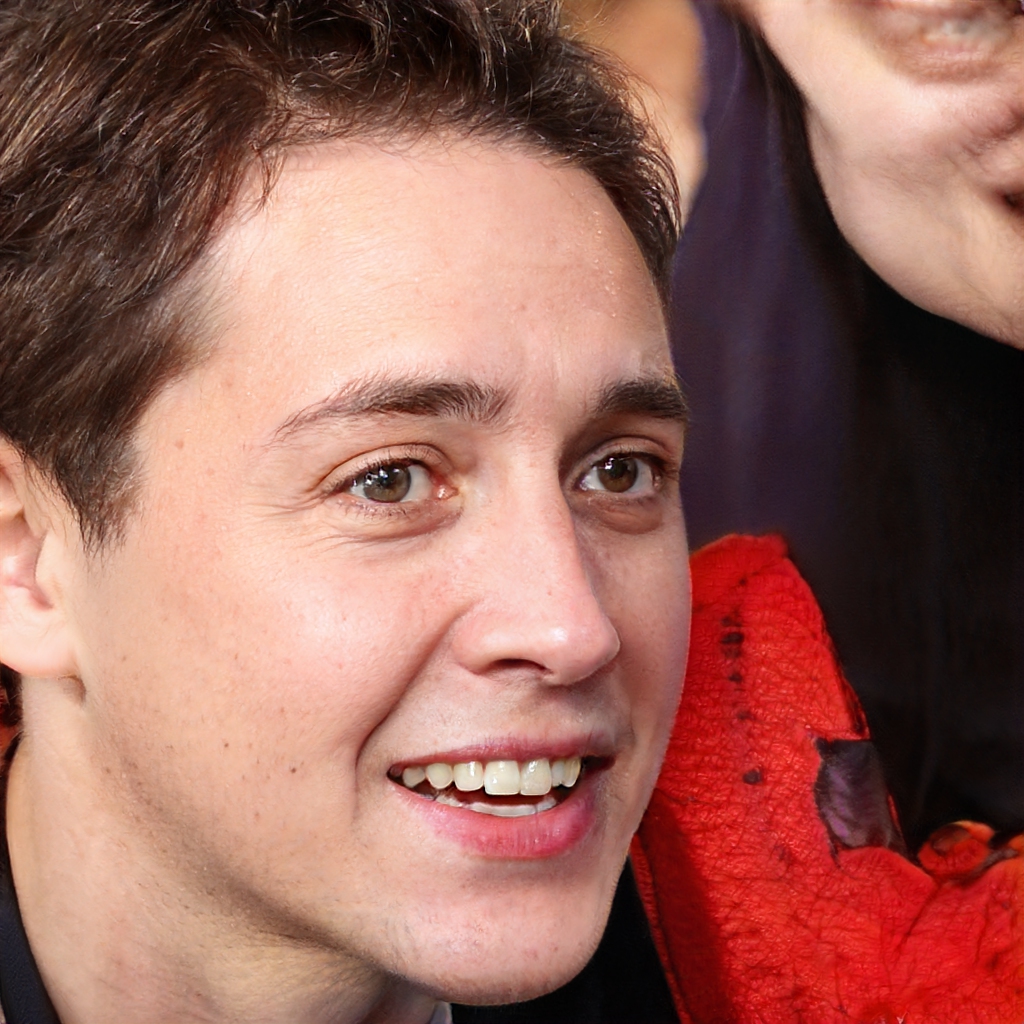"Fair use" is a legal doctrine that allows limited use of copyrighted material without requiring permission from the copyright holder. Fair use is an important principle in copyright law, as it allows for limited use of copyrighted material in certain circumstances, such as for the purpose of criticism, commentary, news reporting, teaching, or research.
There are four factors that are considered when determining whether a particular use is fair:
1. The purpose and character of the use: Fair use is more likely to be found if the use is for a non-commercial, transformative purpose, such as criticism, commentary, or parody.
2. The nature of the copyrighted work: Fair use is more likely to be found if the copyrighted work is factual or non-fiction, as opposed to creative or expressive works.
3. The amount and substantiality of the portion used: Fair use is more likely to be found if only a small portion of the work is used, and if that portion is not essential to the work as a whole.
4. The effect of the use on the potential market for or value of the work: Fair use is more likely to be found if the use does not significantly harm the market for or value of the copyrighted work.
What is the 4 factors of fair use?
The four factors of fair use are:
1. The purpose and character of the use, including whether the use is for commercial or non-profit educational purposes.
2. The nature of the copyrighted work.
3. The amount and substantiality of the portion used in relation to the copyrighted work as a whole.
4. The effect of the use on the potential market for or value of the copyrighted work.
What are fair use rules?
Fair use rules in the United States allow for the limited use of copyrighted material without requiring permission from the copyright holder. Fair use is determined on a case-by-case basis, and there are four main factors to consider:
1. The purpose and character of the use, including whether it is for commercial or non-profit purposes.
2. The nature of the copyrighted work.
3. The amount and substantiality of the portion used in relation to the copyrighted work as a whole.
4. The effect of the use on the potential market for or value of the copyrighted work.
In general, uses that are more likely to be considered fair use include those for criticism, commentary, news reporting, teaching, scholarship, or research. However, even uses that fall into these categories may not always be considered fair use, and it is always best to get permission from the copyright holder if possible.
What are the 4 fair use exceptions to copyright?
1. Fair use allows for the use of copyrighted material for the purpose of criticism, commentary, news reporting, teaching, scholarship, or research.
2. Fair use allows for the use of copyrighted material for the purpose of creating a parody or satire.
3. Fair use allows for the use of copyrighted material for the purpose of creating a transformative work, such as a mashup or remix.
4. Fair use allows for the use of copyrighted material for the purpose of journalism, including quotation of excerpts in a news article. What is not considered fair use? There is no definitive answer to this question since it ultimately depends on the interpretation of the law by the courts. However, there are some general guidelines that can be followed in order to avoid potential infringement issues. For example, using a copyrighted work for commercial purposes is generally not considered to be fair use, while using a copyrighted work for educational or research purposes is more likely to be considered fair use. Additionally, using a small portion of a copyrighted work is more likely to be considered fair use than using a large portion of the work. Ultimately, however, it is up to the courts to decide what constitutes fair use in each individual case.
What are examples of not fair use?
It is not fair use to copy a copyrighted work verbatim without permission from the copyright holder. This is true even if you give credit to the copyright holder. For example, it is not fair use to copy a paragraph from a copyrighted book without permission and then put that paragraph in your own book, even if you cite the book as your source.
It is also not fair use to copy a copyrighted work for the purpose of creating a parody or satire. For example, it is not fair use to copy a copyrighted song and then change the lyrics to make fun of the original song.
There are other situations where copying a copyrighted work is not considered fair use. For example, it is not fair use to copy a copyrighted work in order to sell it or make money from it. Additionally, it is not fair use to copy a copyrighted work in order to compete with the copyright holder.
